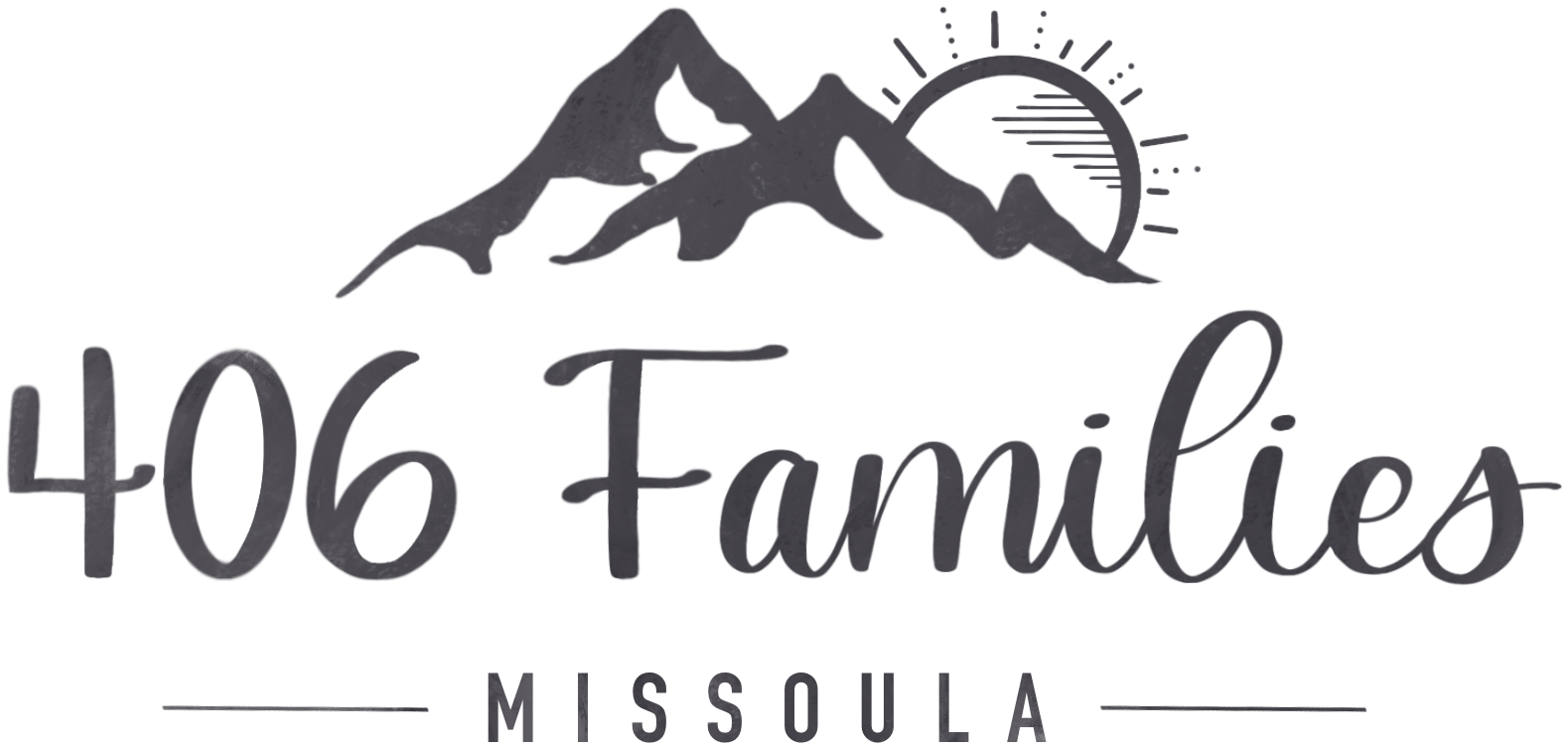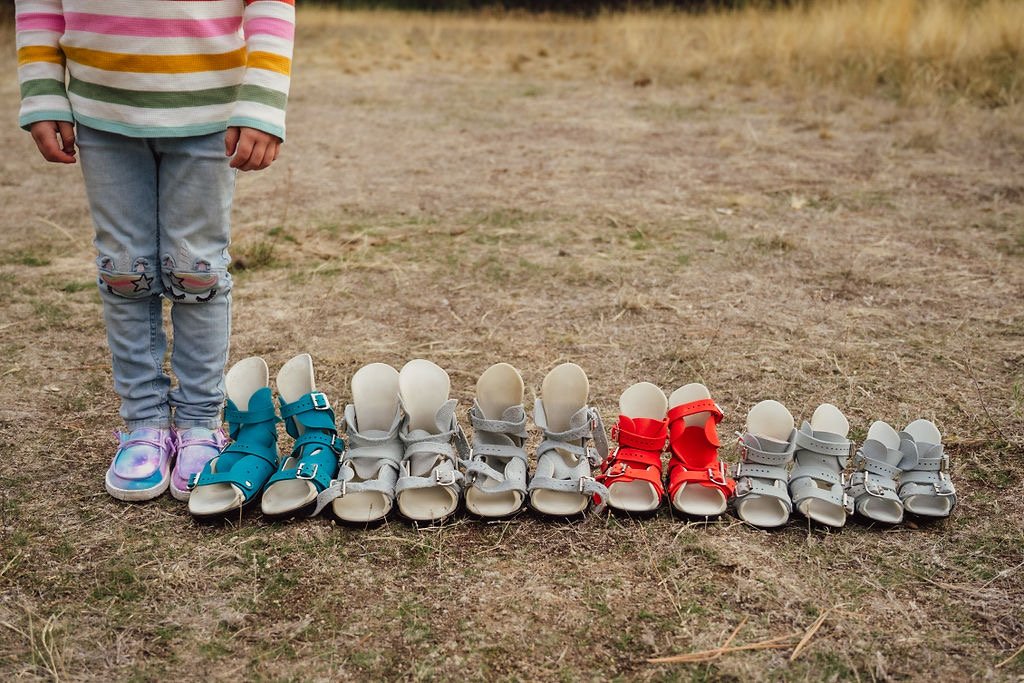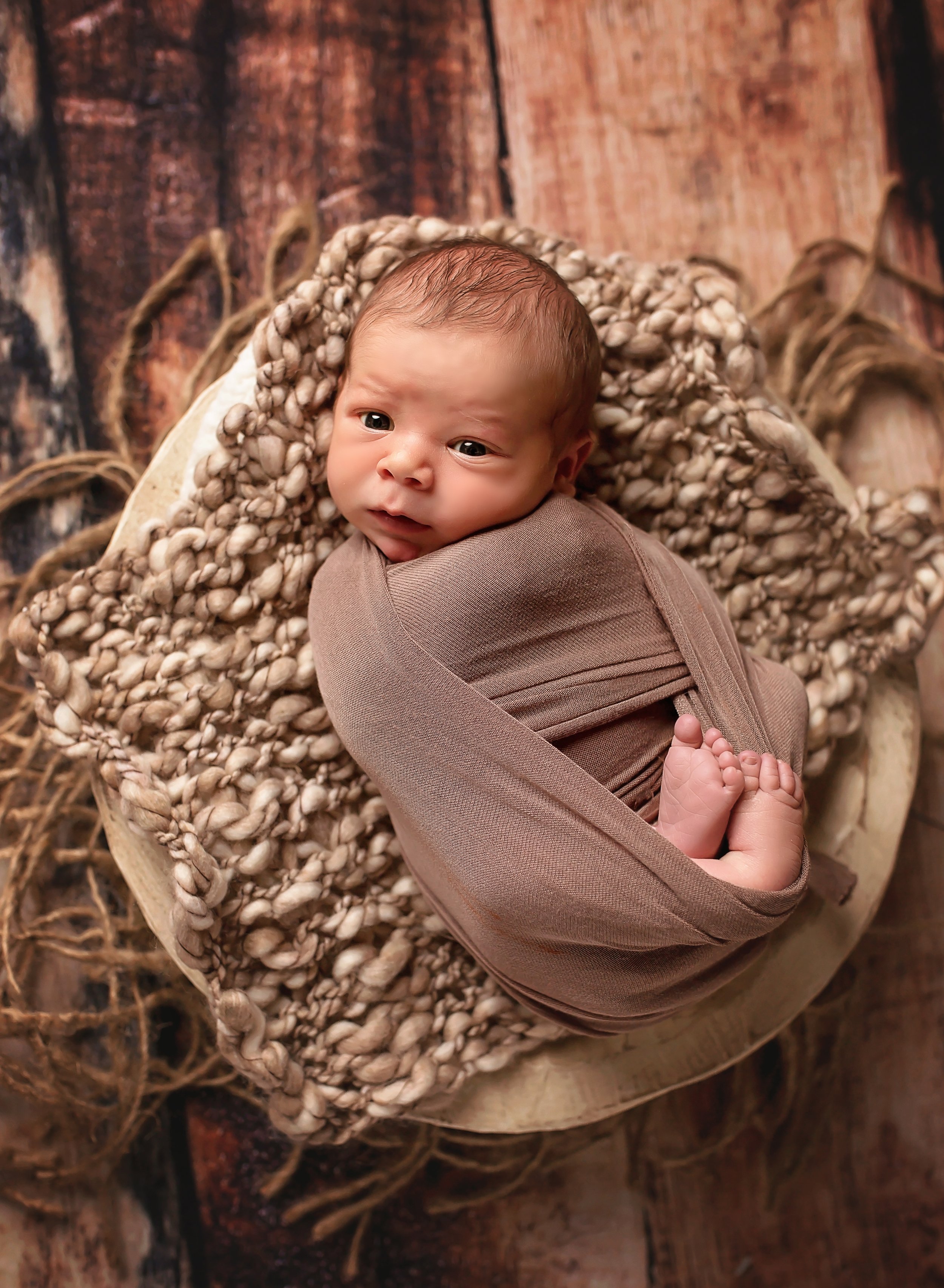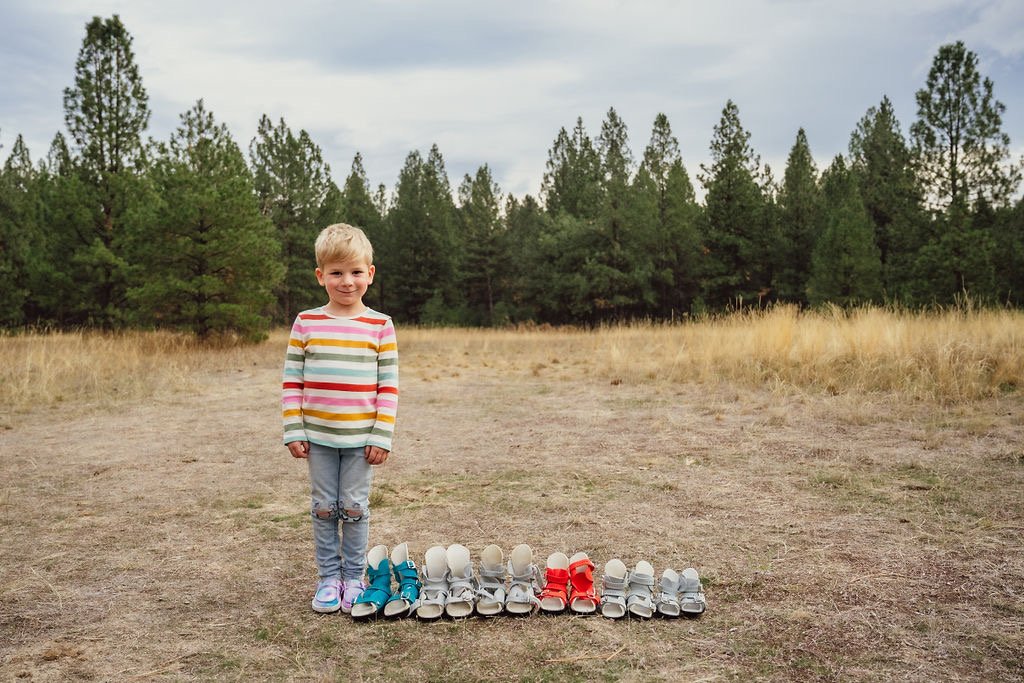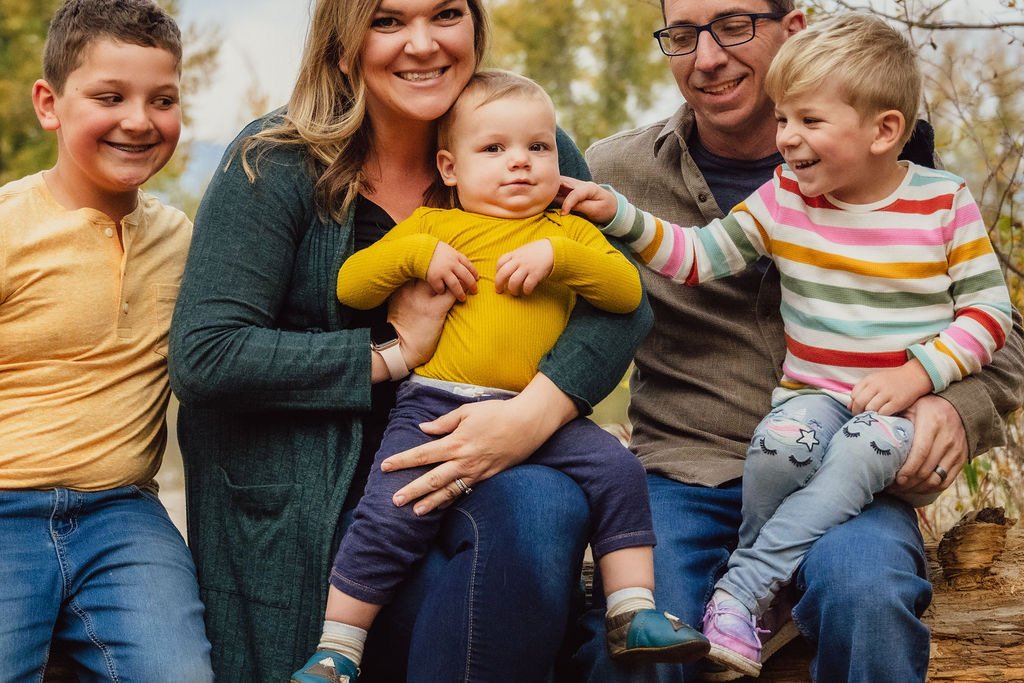Crosby’s Clubfoot Journey
At our 20 week ultrasound with our second child, we discovered that he would be born with “congenital talipes,” or as most people refer to it, a clubfoot.
Clubfoot is when one or both feet are turned inwards. It typically occurs more often in boys and is more likely to affect both feet. There is no one reason why it occurs, and although it can be hereditary, it is typically not associated with any other health issues. In our case, the presence of Crosby’s right clubfoot was detected at a routine ultrasound, but many times it is only found after birth.
When you tell people your baby has a clubfoot, almost everyone has a story of a friend or family member who was born with the same condition, yet few knew about what treatment, outcome and daily life would entail. I got questions like:
“Will he have toes?” Yes.
“Will he be able to walk?” Not right away he’s a baby.
And of course “how do you treat it?” That’s what we were trying to figure out.
Despite the reassurances of our obstetrician and pediatrician that this was a completely treatable, non-life threatening condition, we were scared and admittedly sad. I knew that there were families who dealt with much more every day, but I still had to process my own expectations and fears. Armed with a referral to a high risk doctor for additional ultrasounds and a referral to a pediatric orthopedic surgeon, we began our next steps.
While I waited for doctors to return calls and schedule future appointments, I immediately went into overdrive scouring the internet to educate myself about treatment options, possible complications, and everything in between. I learned that most doctor’s follow a treatment plan called “The Ponsetti Method.” Essentially this method involves serial casting, oftentimes surgery, followed by “bracing.” Although each doctor and case varies a little, I understood that we could expect to have weekly casts put on our baby, most likely a surgery, followed by orthopedic braces.
I immediately called the office for the orthopedic surgeon that all of our doctor’s recommended. Dr. Klatt, a doctor based out of Salt Lake, came highly recommended and travel’s to Missoula to see patients. Unfortunately, when I talked to his office, they said he now only visits monthly. Because our son would need to have weekly casts put on, Dr. Klatt would not be able to see us often enough and we would need to see a different doctor. Unfortunately, the closest pediatric orthos were in Helena or Spokane.
The thought of traveling on winter roads every week with a new baby and our six year old son was stressful, but with no other known options, we began the task of deciding between the two and making a plan. Through friends I was able to get connected with three other local families who all were navigating their own treatment plans. One was able to see Dr. Klatt before his visits decreased, one drove to Helena to see Dr. Kerry Hale, and one was currently pregnant and would be going to Shriner’s Children’s Hospital in Spokane, Washington.
I called each doctor’s office and was able to learn more about their procedures and what to expect. Both were very reassuring and informative and told us to plan on getting a referral from our pediatrician immediately after birth and that we would schedule his first cast to be applied when he was about a week old. Until then, we would wait and educate ourselves as best as possible.
Like many pregnant mothers, I was excited to decorate the nursery and stock up on baby clothes and gear. But as I learned, our baby registry would be a little different than with our first. As I read in some of the Facebook support groups I joined, when purchasing things I needed to take into considerations some different factors. Would these pants fit over a cast? Do these socks go up tall enough to reach above the orthotic braces? Is this carseat wide enough to accommodate his boots and bar? I discovered that there were some differences when shopping for a clubfoot baby. Luckily for the internet there were lots of great suggestions and reviews from other parents and some of it we discovered on our own through trial and error (which I have linked in a list at the bottom).
At 40 weeks pregnant, our pediatrician called to tell us that there was a new Physician’s Assistant that had just started in Missoula that was based out of another children’s hospital in a neighboring state, and that he would be able to treat our son. We were thrilled and felt like one of the stressors of the situation had been resolved. I called their office to find out more about this PA’s experience, treatment methods, and to learn more like I had with all of the other doctor’s. They informed me that they were still getting set up, and this was very new to them as well, but that they would contact me as soon as my son was born and they had received the referral.
One week later (aka overdue), our sweet baby, Crosby, was born within an hour of arriving at the hospital. Every inch of him was perfect, including his perfectly crooked, perfectly sweet little foot.
After leaving the hospital, I immediately began contacting the various doctors who could see him. Knowing that Crosby would need his first cast applied between one and two weeks old, it was important for us to get scheduled asap. After much back and forth (which is a whole other story in and of itself), we got an appointment in Helena where Crosby would get his first cast at 10 days old.
On a chilly Thursday morning in November, we dropped our 6 year old son off at his grandparents house and drove our one week old baby to Helena for his first appointment with Dr. Kerry Hale at St. Peter’s Hospital. She considered his foot to be “moderate to severe” and said we could expect somewhere between 8-10 weeks of weekly casts needed, and then mostly like a surgery known as a “tenotomy.”
Dr. Hale, along with her surgical tech, massages and manipulated his foot and as she pressed her thumb into the side of his foot, applied his first cast that went from his toes, all the way up to his diaper, and gave us all of the instructions we would need about keeping it clean, checking to see if it slipped, and coming back the following week. For the next seven weeks, we would wake up at 5am, soak Crosby and his cast in a baby bathtub with warm water plus a little vinegar, and spend the next one to two hours cracking and peeling off his cast. We would then pile in the car and drive through icy roads and snowstorms enjoying a few hours of “cast-free” baby snuggles, to have his foot manipulated a little bit more, and a new cast applied.
Just after Christmas, Crosby had his tenotomy surgery. A small incision was make into the back of his foot and his Achilles’ tendon was cut, his foot then manipulated to the correct position and his final cast applied. Three weeks later, at 10 weeks old, we got to remove his cast and have him fitted for orthotics. We learned how to strap his feet into teeny tiny boots with a metal bar that clicked in between them, that kept his feet in the correct position. He would wear his boots and bar 23 hours a day.
Although we were so relieved to be done with casts, the boots and bar brought a whole new learning curve. Buckle them too loose or too tight and he would wake up with painful blisters. Wear them without socks and he would break into a rash. Socks are too warm? Say hello to athlete’s foot. Thanks to the advice of others navigating similar journeys, we fumbled our way through it and discovered our own little hacks. We ordered custom boot covers to keep his feet warm through the winter, rolled up towels to put between his knees while he nursed, and tried every product on the market to avoid blisters. Just before he turned 6 months old, we he graduated to “night wear” only and finally had 12 hours each day to be just like all the other babies.
Over the next four years, we would strap Crosby’s little feet into his tiny boots and snap the bar on between them every night, except for a few very rare occasions.
Crosby’s celebrated his 4th birthday and we finally get to retire his “bedtime boots.” As long as things continue to look good, we are done! Although Crosby’s right foot and calf are notably smaller than his left, you wouldn’t know there was every anything different about him, and despite all his little body has been through, it has never slowed him down.
As I get ready to box up all of his outgrown boots and orthotic supplies to donate to other families just starting their journey, I wish I could tell myself that although the fear, anxiety and grief are all valid… they are just one chapter in a long story about the most fabulous little human you get to raise.
